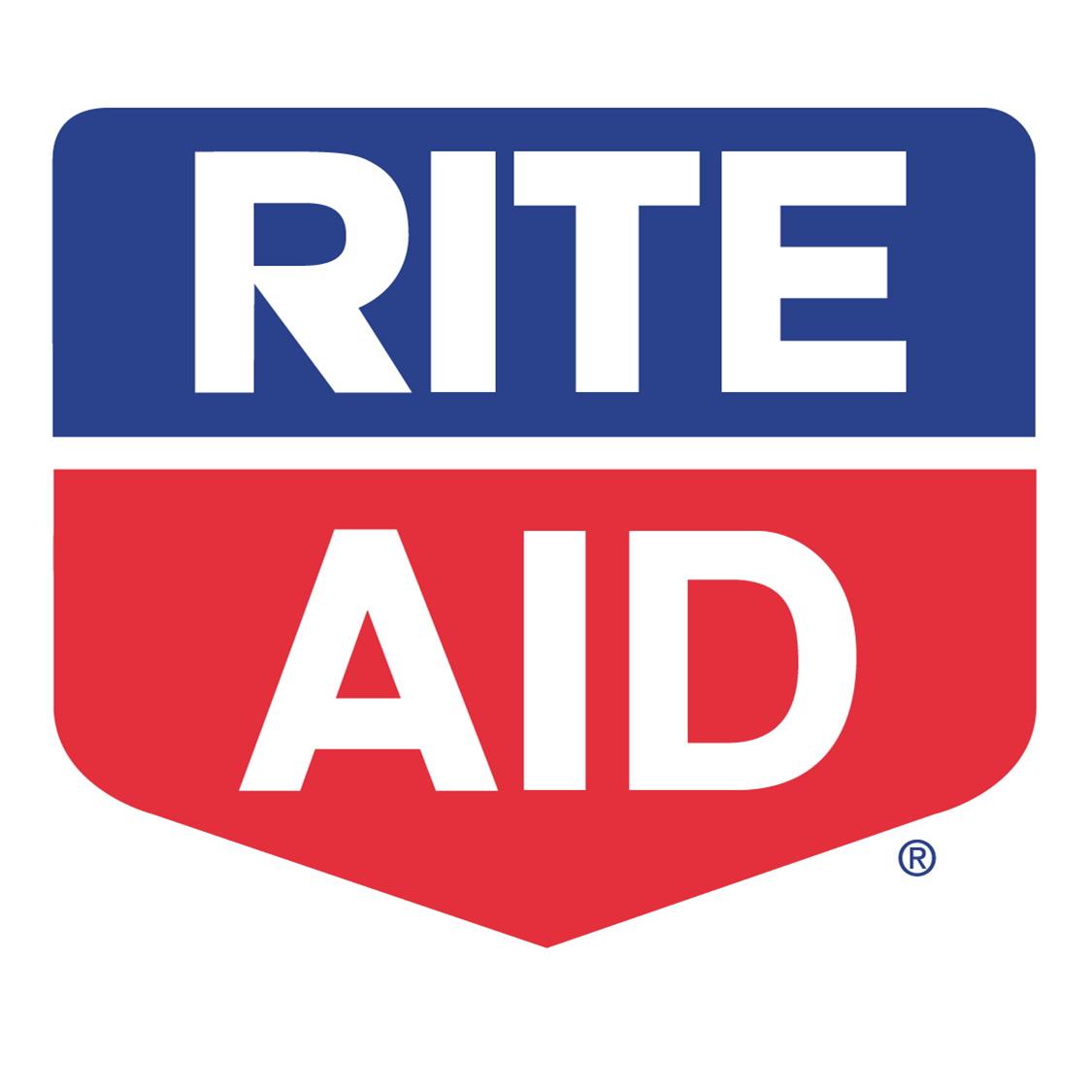Rite Aid Corporation (NYSE: RAD) recently received great accolades for its earnings, and Goldman Sachs even gave it an incredible upgrade. On top of the stock still screening cheaply against peers on earnings and revenue metrics in its turnaround, now there is another upgrade worth noting.
Fitch Ratings has upgraded Rite Aid’s Issuer Default Rating to ‘B’ from ‘B-‘ and it has been given an Outlook Stable status. This may not sound like much on the surface, but each upgrade that Rite Aid receives makes its cost of borrowing significantly lower. This really matters when you consider that the balance sheet is still leveraged enough that Rite Aid has a negative tangible book and stated book value.
Fitch Ratings said,
“The upgrades reflect the material improvement in the company’s operating performance, credit metrics and liquidity profile over the past 24 months. Rite Aid’s EBITDA increased to $1.3 billion in fiscal 2014 (year ended February 2014), after surpassing the $1 billion level for the first time in fiscal 2013. This improvement has been supported by the strong generic wave that boosted gross margins, as well as management’s concerted efforts to stabilize its top-line through its loyalty card program and remodeling activity. Rite Aid has also pushed out major debt maturities to 2019 (with the exception of $64 million 8.5% convertible notes due in May 2015 and the revolver due 2018) and reduced its interest burden through a series of refinancings and debt reduction of approximately $600 million over the last 24 months.”
ALSO READ: Why Goldman Sachs Likes Rite Aid Even More
On an outlook ahead, Fitch see EBITDA in the $1.2 billion to $1.3 billion range over the next 12 to 24 months. This will allow it to spend on store remodels and relocations and to continue paying down debt.
Fitch does remind investors that Rite Aid’s operating metrics still significantly lag those of its largest and well-capitalized competitors. The company has also been called being unable to fully participate in the strong industry growth largely due to its capital constraints.
While Rite Aid is remodeling stores, the upgrade comes with a warning that capital spending still remains below levels required to remain competitive – and it warned that Rite Aid’s market share could remain stagnant or weaken over time.
ALSO READ: Meet Canaccord Genuity’s 300% Upside Biotech Stock
On liquidity and free cash flow, Fitch listed the following:
- Rite Aid had cash of $183 million and excess borrowing capacity of approximately $1.3 billion under its credit facility at March 1, 2014, net of $80 million in outstanding letters of credit. Rite Aid has maintained liquidity in the $950 million-$1.3 billion range for the past three years.
- Free Cash Flow, net of capex of $525 million, is expected to be in the $500 million range in fiscal 2015, with a $150 million working capital benefit from its supply agreement with McKesson and in part due to lower interest expense as a result of the company’s refinancing activities in 2013 and further debt paydown in 2014. The company expects to pay down the $270 million of 10.25% second-lien notes due 2019 when they become callable at 105 in the fall of this year. In fiscal 2016 and beyond, Fitch expects FCF to be in the $300 million range which should enable the company to modestly reduce debt overtime or invest a bit more on the Wellness remodels and store relocation activity.
At $7.24, the 52-week range is $2.24 to $7.39.
100 Million Americans Are Missing This Crucial Retirement Tool
The thought of burdening your family with a financial disaster is most Americans’ nightmare. However, recent studies show that over 100 million Americans still don’t have proper life insurance in the event they pass away.
Life insurance can bring peace of mind – ensuring your loved ones are safeguarded against unforeseen expenses and debts. With premiums often lower than expected and a variety of plans tailored to different life stages and health conditions, securing a policy is more accessible than ever.
A quick, no-obligation quote can provide valuable insight into what’s available and what might best suit your family’s needs. Life insurance is a simple step you can take today to help secure peace of mind for your loved ones tomorrow.
Click here to learn how to get a quote in just a few minutes.
Thank you for reading! Have some feedback for us?
Contact the 24/7 Wall St. editorial team.

